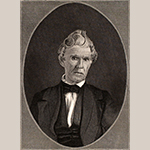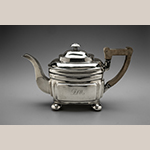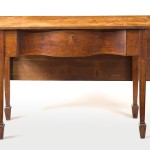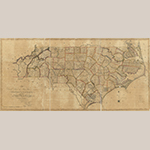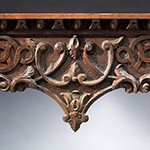Research Note: Provenance and Profile — The Rediscovery of the Earliest Known Southern Chair
Dale L. Couch
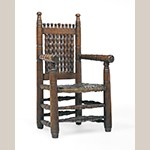
The monumental increase in the online availability of archives and other primary sources has completely revolutionized American decorative arts research. The efforts of the past to find even the most basic facts required massive investments of time and travel—today, such information is accessible with just a few key strokes. At the same time, the relatively weak and few finding aids of archives and other repositories have been supplanted by massive scanning and indexing projects, often full-text keyword searchable. The result is that today’s researchers can quickly and easily find information that was elusive to their predecessors—even those scholars working as recently as a decade ago. An additional result is that the re-examination of provenance with these tools can shift the profile of unique objects within the field of southern decorative art. An excellent example of this transformation in material culture research is the attribution of a seventeenth-century American turned armchair … Continued

